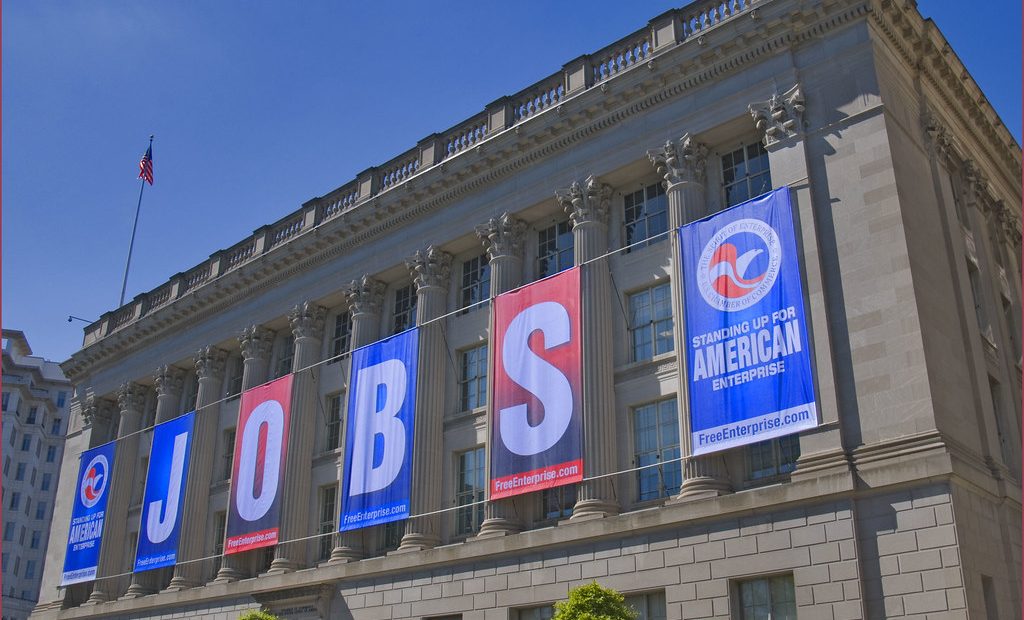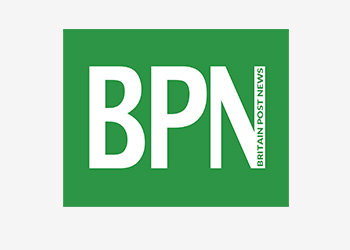US Jobs Growth Slowed in August

US jobs growth slowed in August, as labor force participation increased. While the overall rate of employment rose to 63.6 percent in August, the unemployment rate climbed 0.4 percent to 6.4 percent. The jobless rate rose among men and women. However, it was lower for black workers. Black labor force participation dropped to 61.8 percent in August.
The average hourly pay increased by 5.2% in August compared with the same month last year, underpinning the robust, tight job market. But the report does little to change the Fed’s hawkish stance. Inflation remains close to its historical lows, a trend that is likely to continue.
While the average hourly pay increased, it remained low among the lowest paid workers. In fact, the proportion of low-paid workers declined in August, despite gains in the top 25 percent. In addition, the labour force participation rate remained relatively stable. The resulting trend in the average hourly pay suggests that the Bank of Canada may increase rates again next month.
HMRC’s Earnings and employment from Pay As You Earn Real Time Information provides another alternative measure of average pay growth. The private sector saw a growth of 10.1%, while the public sector saw a 2.8% rise. However, the public sector’s growth was more muted, largely because of the lower base period. Despite the slowdown, most sectors saw positive pay growth. The most recent months’ data showed positive gains in the accommodation and food service activities industry.
While the overall rate of employment growth has slowed in recent months, businesses in all major sectors continued to report widespread price increases. Most of these increases were in the manufacturing, distribution, and leisure and hospitality sectors. A large share of businesses expect further price increases.
The slowing in job growth is a positive sign, as it gives policymakers some hope that they can slow down the rate of inflation and avoid a recession. However, the Federal Reserve is walking a fine line. Officials want to curb the rate of inflation, but are worried that raising interest rates too fast will push the economy into recession.
Wages grew moderately in August, with the cost of living continuing to drive up wage pressure. However, some employers said they were easing their salary expectations. Some firms are also offering bonuses and per diems as incentives to attract workers and increase productivity.
Although the August jobs report was less than stellar, the economy remains in good shape with a solid job creation rate and a cooling inflation rate. Unemployment is up slightly to 3.7 percent from a five-decade low, but this is partly due to more people looking for work and a modest increase in job losses. Companies like Snap and Ford have announced job cuts.
The United States labor movement is gaining strength and increasing power. The National Labor Relations Board (NLRB) reports a 56 percent rise in petitions for union elections in the first nine months of fiscal 2022. However, this increase is concentrated in government jobs.
The US job market continues to struggle to find qualified workers. While unemployment has remained stable and wages have increased modestly in recent years, many employers are desperate to find new employees. Although the data for August was weak, this is still a positive sign for the economy. In addition, wages are increasing, which means more people are willing to accept higher pay.
The Labor Department’s report on US job openings shows that the number of positions was 3.06 million on the last business day of August. That is down from the previous month’s figure of 10.4 million. Despite the fall, however, the number of unfilled positions is still higher than the level seen in July. This is a sign of a fluid labor market and could help the Fed bring down inflation and achieve a soft landing. However, some economists are skeptical that this trend will continue.



